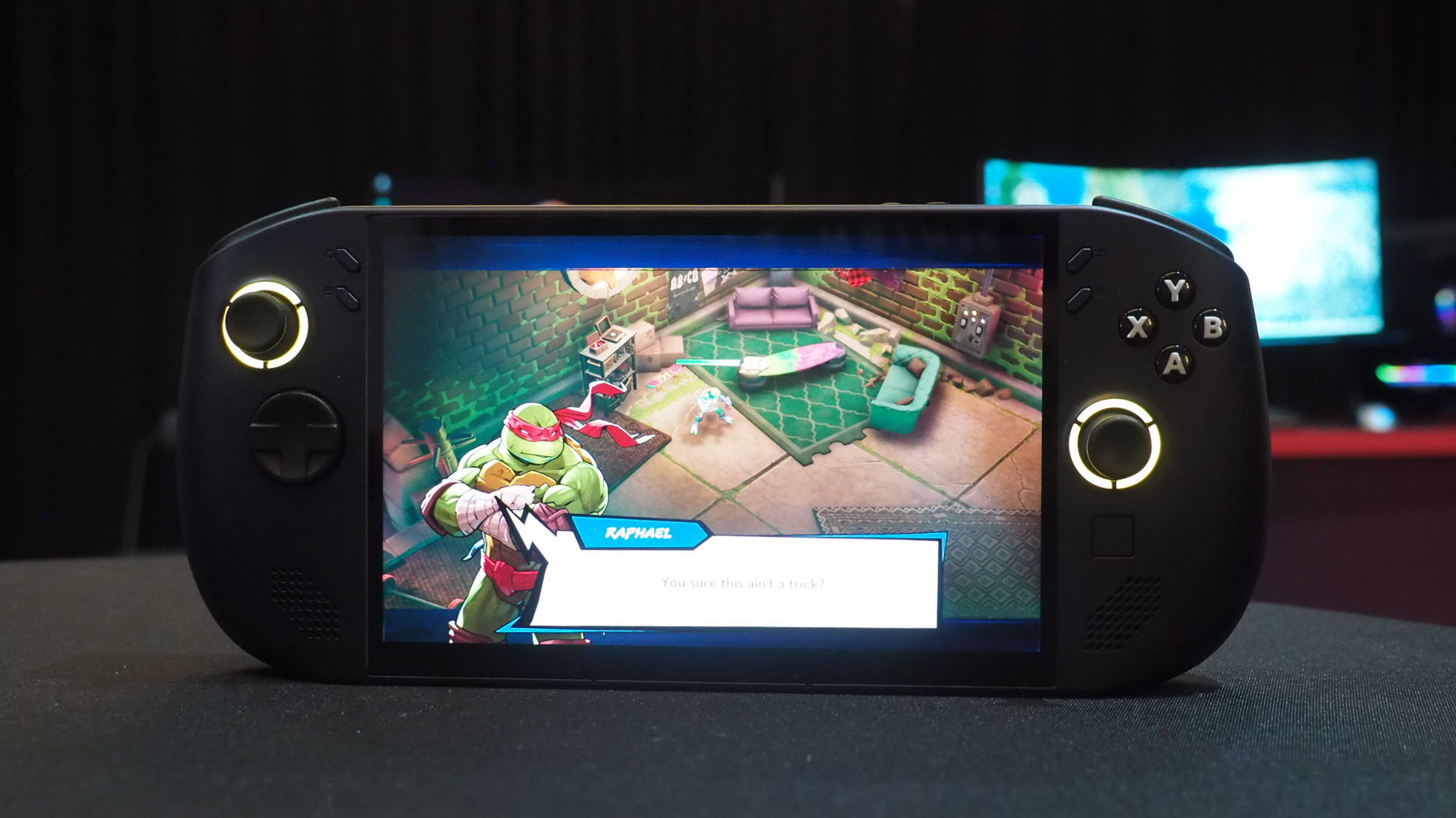
The Steam Deck and follow-up Steam Deck OLED have been mighty popular with their fanbase – but I get the sense that Valve never really wanted to manufacture the hardware for its handheld gaming device. It's a lot of work.
Well, at CES 2025, the reveal of a third-party SteamOS handheld, the Lenovo Legion Go S, paves the way – and it's "the first of many" from various potential makers, signalling what I think could be the death of the Steam Deck and the birth of, well, spiritual Steam Deck-like successors.
Lenovo is no stranger to hardware, with its original Legion Go a solid entry to the Windows market. While it's confirmed that a Legion Go 2 will also exist in the future – complete with detachable controllers – it's the all-in-one handheld, the Go S, that hits a much sweeter price point. Indeed, at $499 (no other regional pricing is available at the time of publishing), it's $100 less than its Windows equivalent.
So why is the SteamOS version the one to buy? Lenovo's take is really interesting. The use of an AMD Ryzen Z2 Go processor (or AMD Ryzen Z1 Extreme processor – a pricier option) makes the Legion Go S a more powerful proposition than the original Steam Deck.
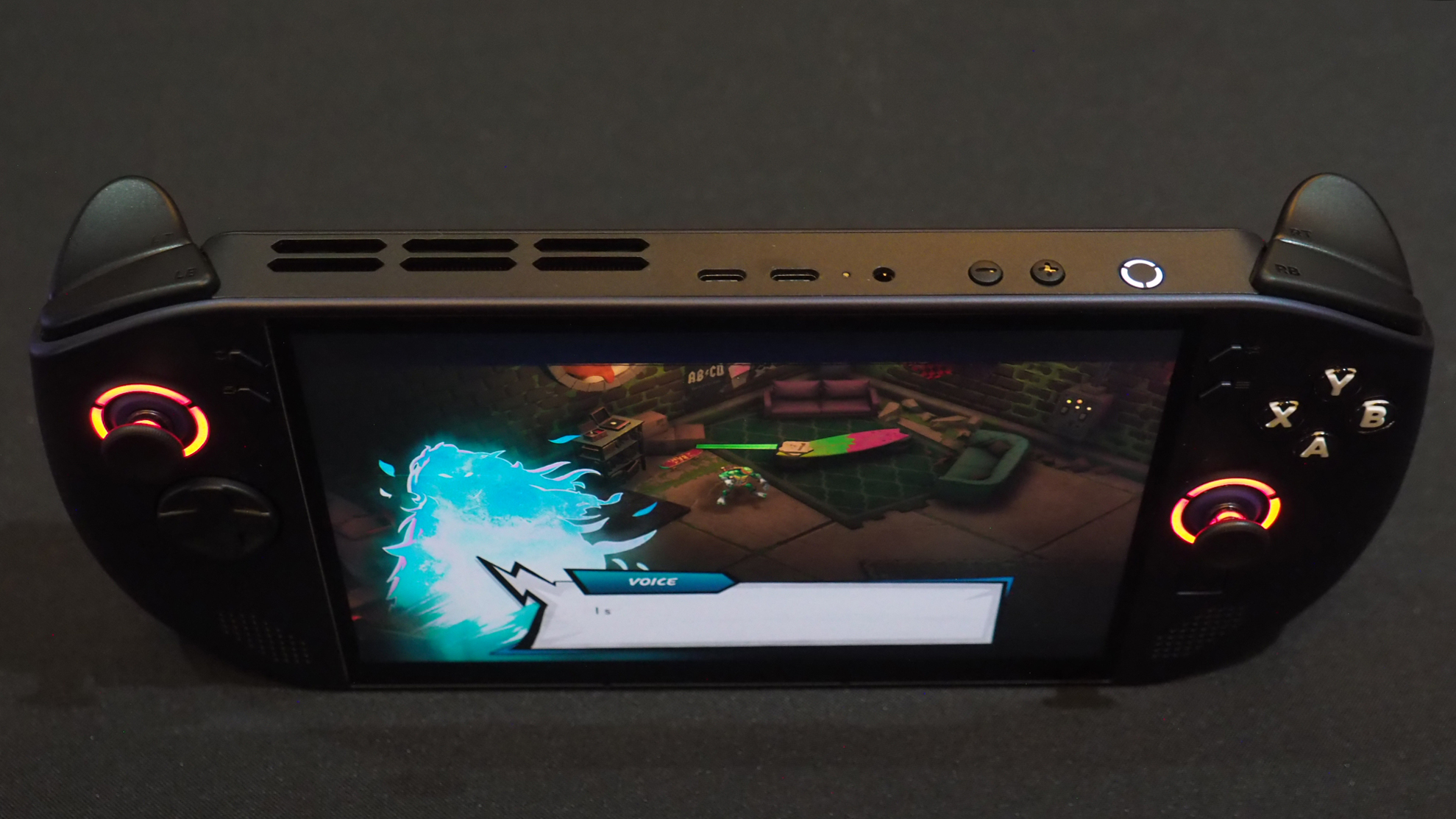
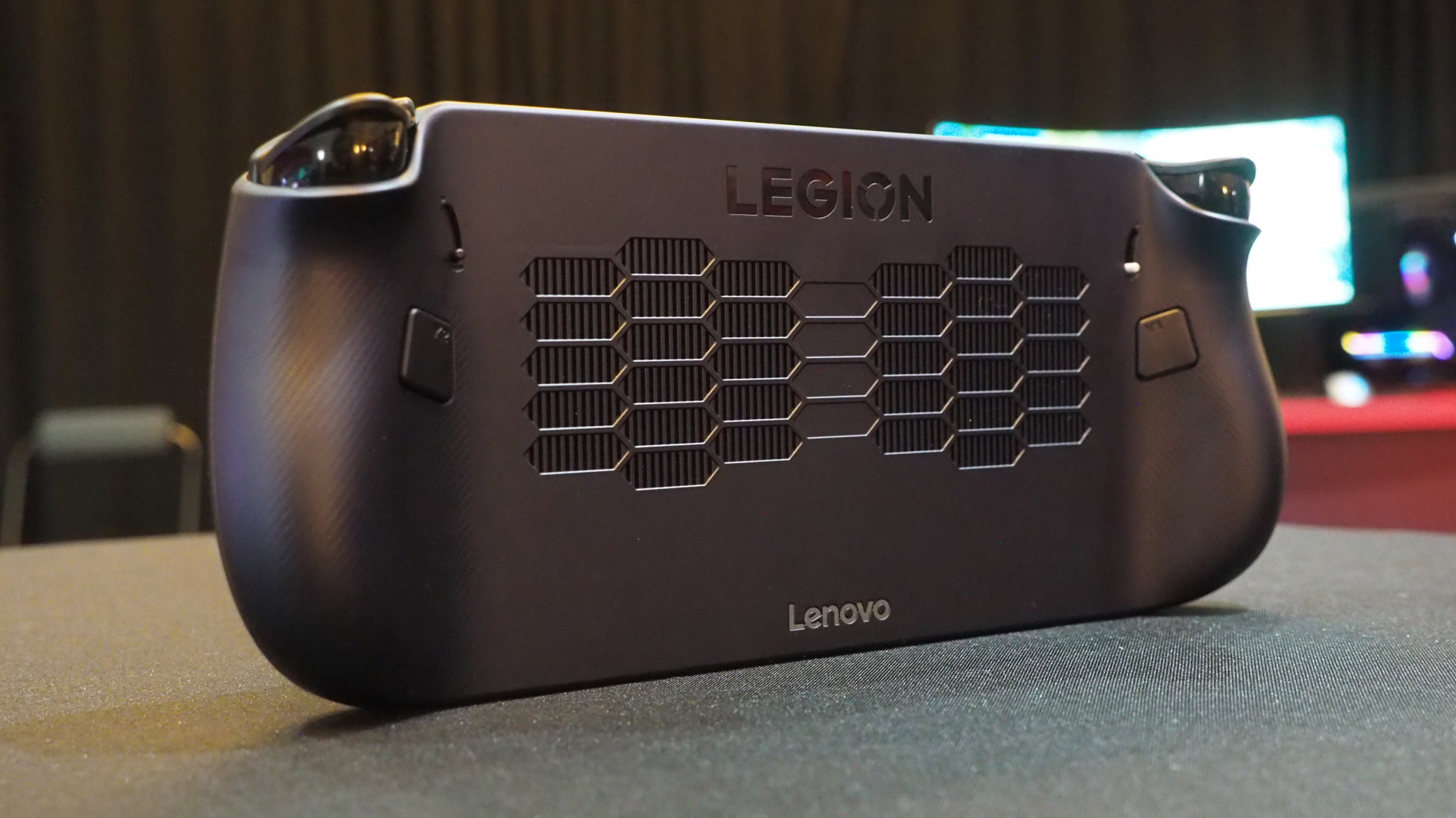
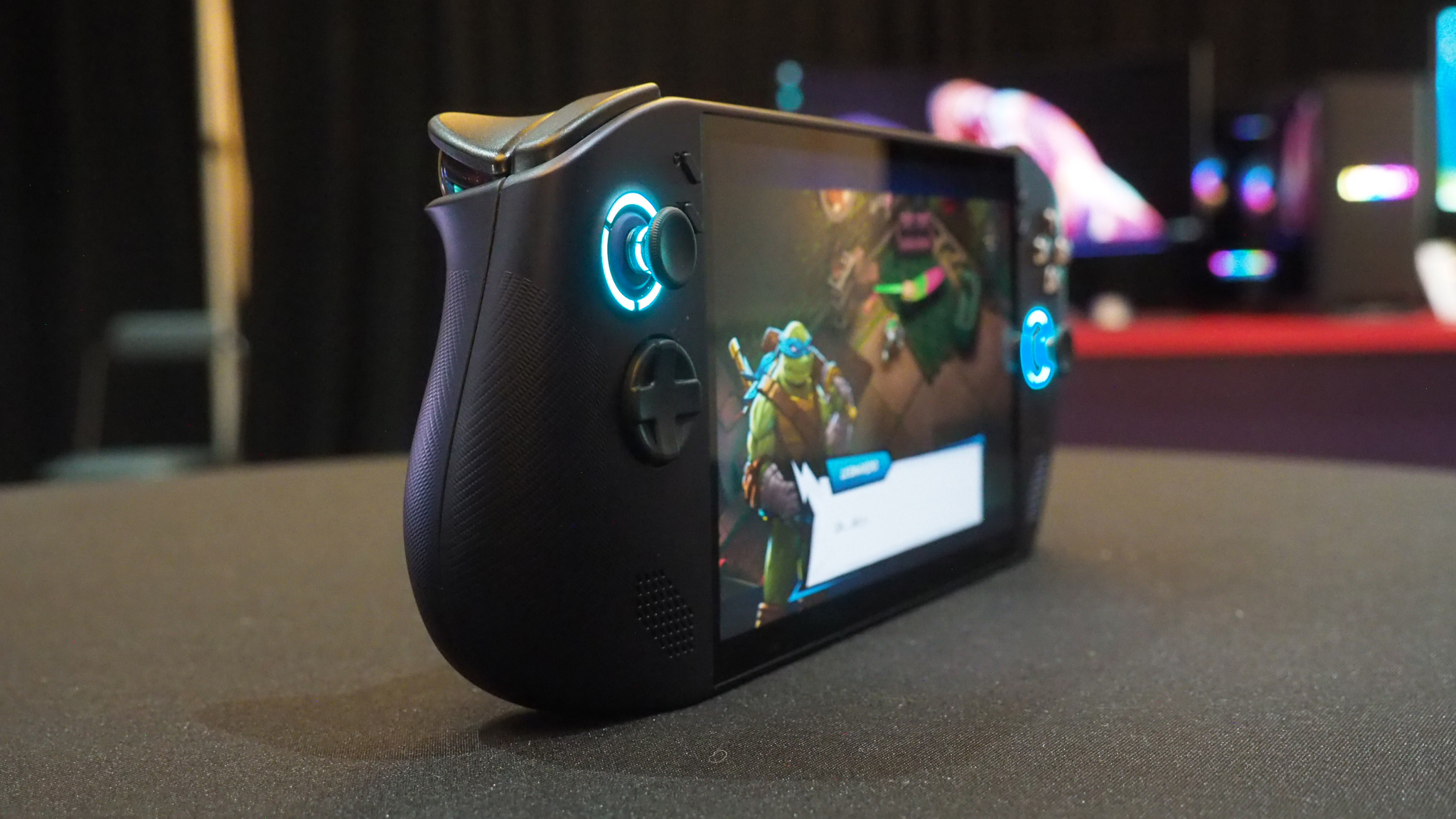

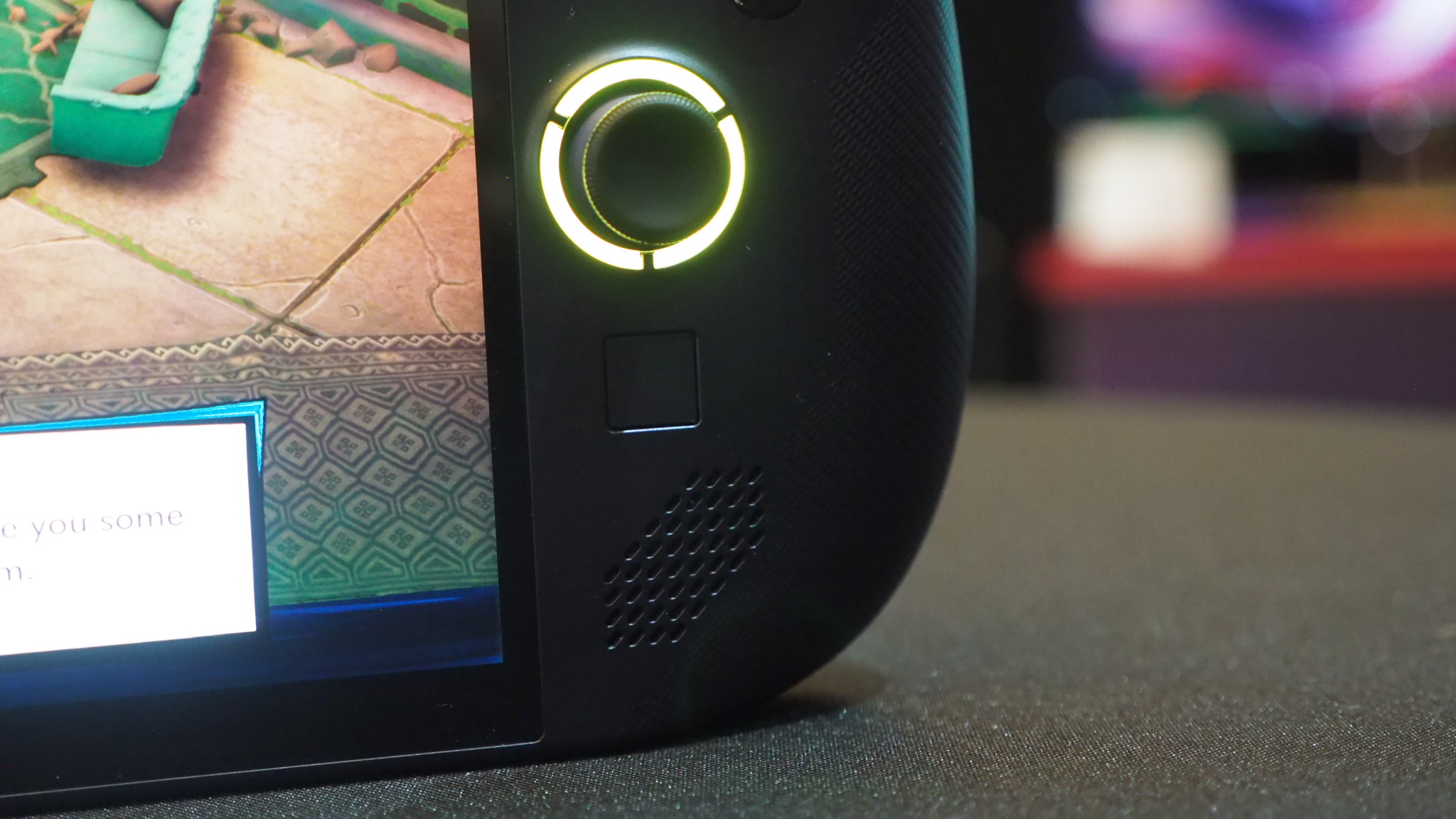
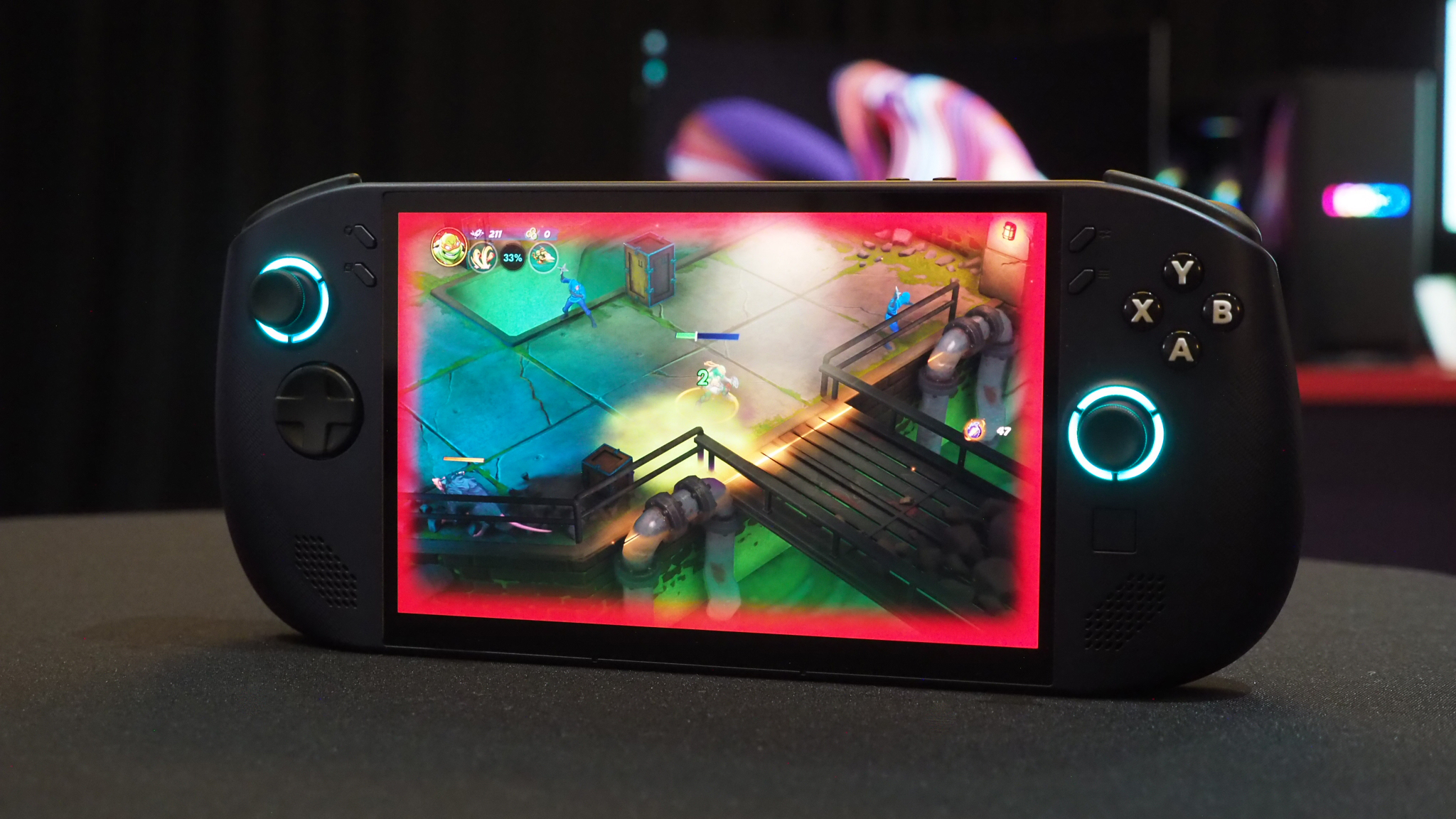
That can only be good for gamers – keeping in mind, of course, that the battery life will likely take a bit of a hit as a result (it's 55.5Whr, and the processor can go 40W at max – so you'll maybe get an hour at peak, perhaps three at lower power).
The AMD Ryzen Z2 Go was originally designed for a Steam Deck successor, but with Valve denying that's coming, that's further fuel to my argument that, just maybe, the Steam Deck proper is over – and it's down to third-parties to bring the hardware while Valve works on its software.
Being able to pivot resources from hardware to refining and growing its software proposition can only be a good thing. While that will remain consistent across all devices, it'll be a customer choice in what specification they purchase – if, of course, enough companies get behind the SteamOS handheld idea (Acer's just-revealed Nitro Blaze 11 isn't on the platform, for example).
So what may read as a negative headline actually, to me, seems like a potential future positive. If Valve sticks to the software and a variety of SteamOS handhelds appear, there'll be more customer choice at a range of price points, opening up the market to a wider volume to get on board.
Having seen and played on Lenovo's Legion Go S at CES 2025, I think it's a very impressive bit of kit indeed. The 8-inch 1920 x 1200 resolution panel has a better-than-Steam-Deck 120Hz refresh rate. And in its distinct Nebula Violet finish it looks the part too.







